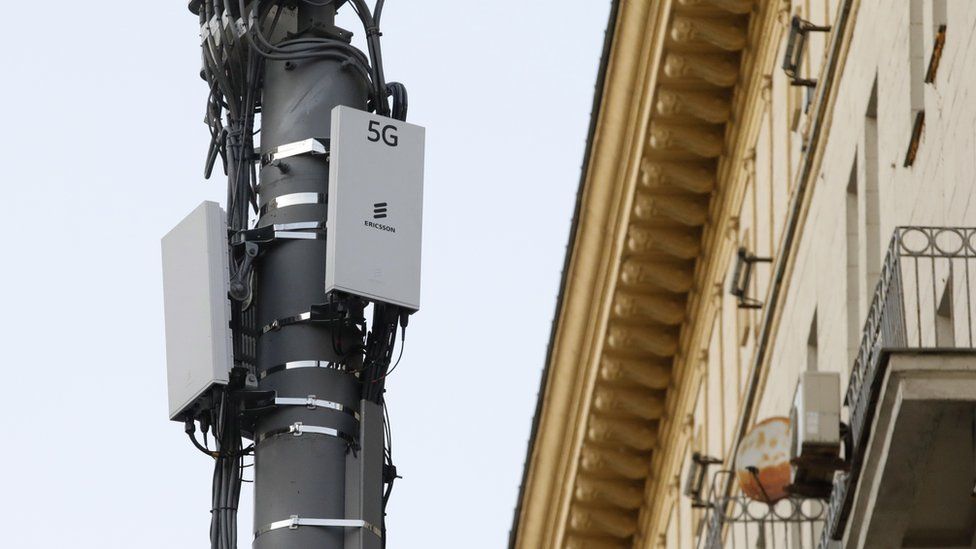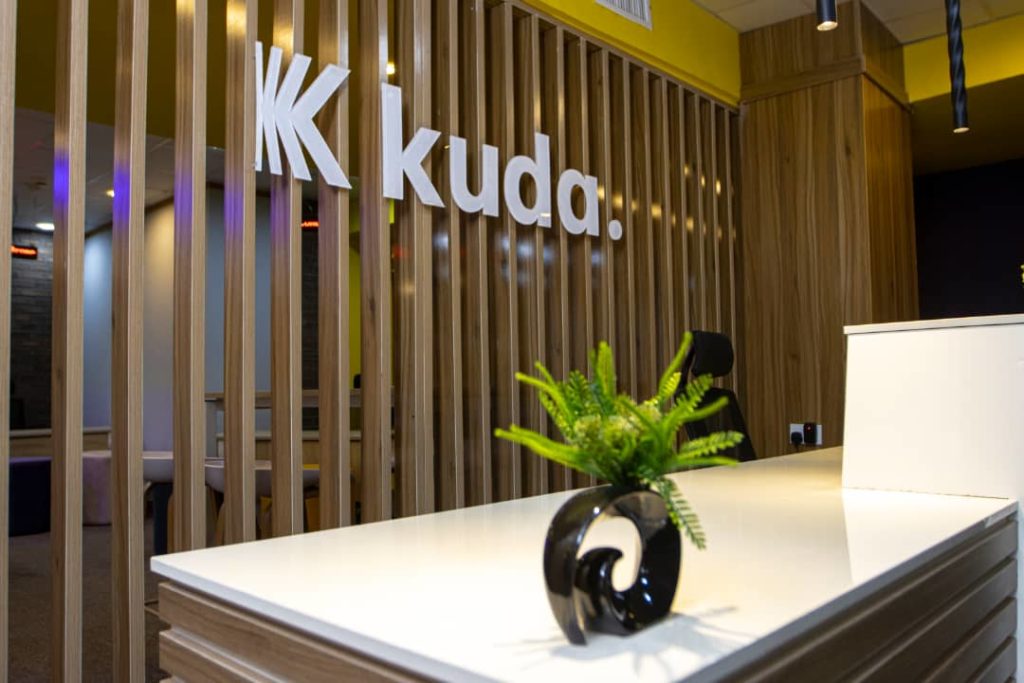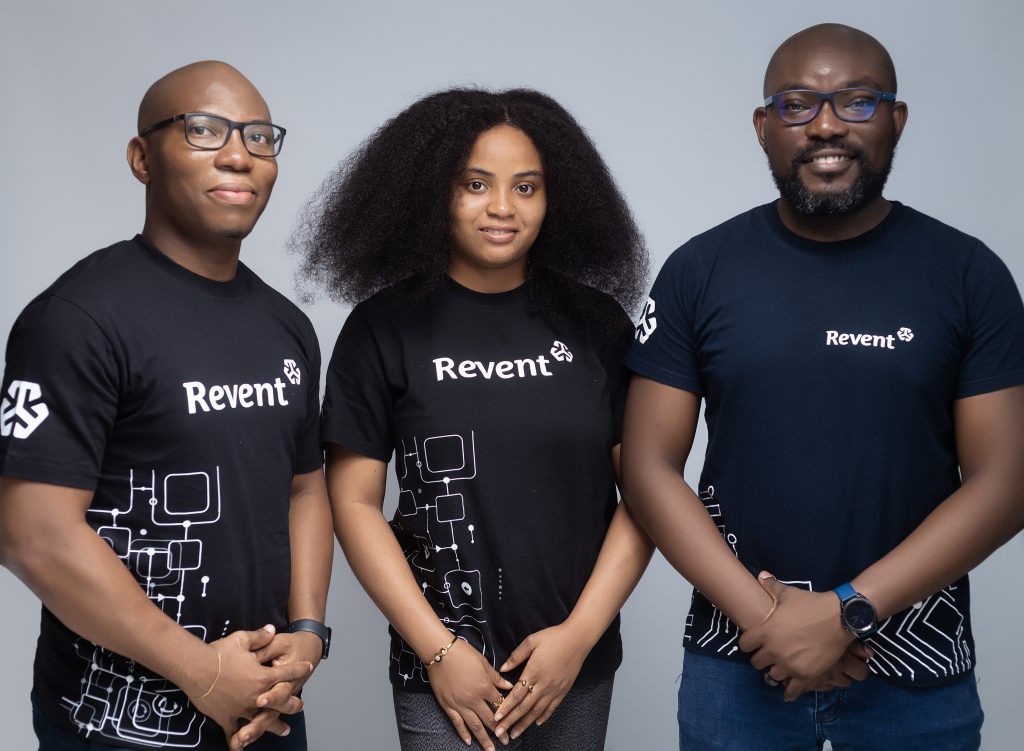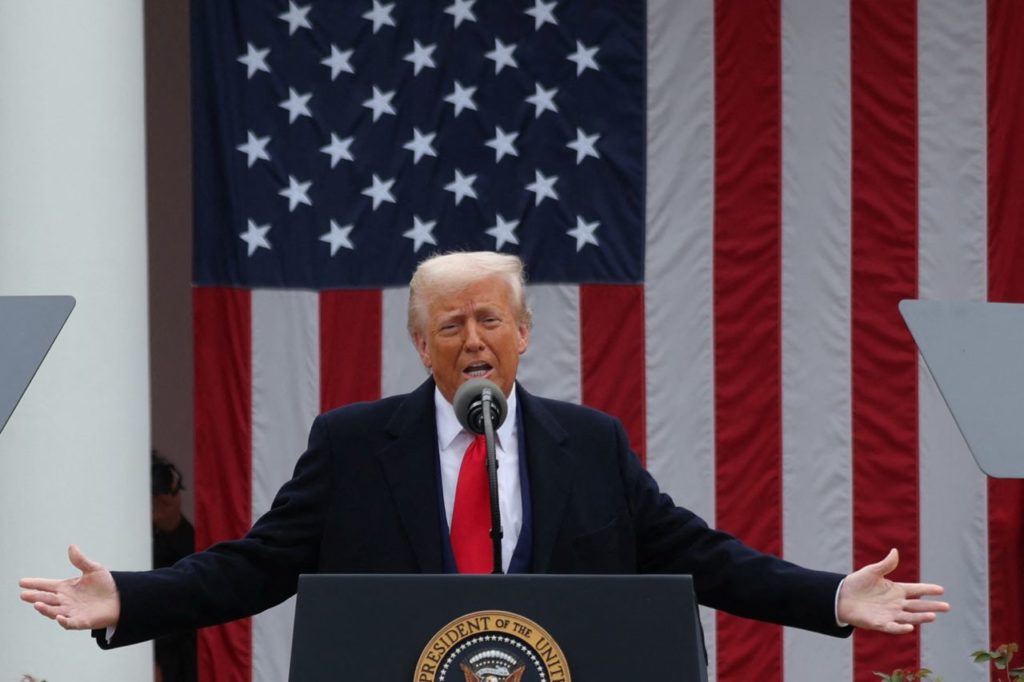The battle lines for 5G dominance have been drawn in South Africa. Last week, the country’s second biggest mobile network operator MTN announced that it was building private 5G networks for big companies in the mining and port industries.
MTN will be joining Liquid Telecoms in the race to dominate the enterprise 5G market. The company’s CEO Deon Geyser announced in May that it will be building enterprise 5G networks to enable automation in industries such as manufacturing and mining.
In the consumer market, Rain, Vodacom, MTN and soon Cell C are already doing battle. Fuelled by the spectrum they acquired in the ICASA auction in March, South African telcos look set to clash for 5G dominance, both in the consumer and enterprise markets.
But as this 5G battle takes all the limelight, one area that will determine who comes out on top is access to fibre and looking at their strategic investments in the area, it seems like some telcos in the country understand that.
The 5G and fibre connection
The irony is that to achieve their desired performance goals, wireless network technologies like 5G actually require a lot of wireline infrastructure in the backend.
5G wireless networks utilise high-frequency millimetre waves, also known as mmWaves, to provide much higher bandwidth with much lower latency compared to older technologies like 4G. However, mmWaves have their own limitations. They can only transmit at short distances, typically around 75 metres. This is where fibre comes in.
To make 5G as inclusive and far-reaching as possible so that it is not only limited to densely populated metropolitan areas, telecom companies have to move from large cell towers which are normally used to provide 5G in these areas to cheaper small-cell sites to transmit and receive signals from within small and sparsely populated coverage area.
Another factor that makes fibre essential for 5G network connections is the fact that higher frequencies can’t penetrate buildings or trees and to counter this problem, 5G connected to fibre is necessary.
In short, in order to ensure that 5G coverage is as wide as possible and it is able to achieve its projected performance goals, lots and lots of fibre backhaul is required.
The race for fibre dominance
Speaking at the Southern Africa Telecommunication Networks and Applications Conference (SATNAC), CEO of Telkom Serame Taukobong stated that despite 5G rollout being high up the company’s priorities, the company will be more focused on providing enabling fibre infrastructure to enable deployment of 5G networks by other mobile network operators.
Through its wholesale network infrastructure subsidiary Openserve, Telkom has carved out a significant share in South Africa’s fibre network operator market. In fact, some experts have stated that the proposed acquisition of Telkom by MTN is a move by the latter to use Openserve to establish its presence in the fibre market which will accelerate its 5G growth.
Another party which is very interested in Telkom’s very lucrative fibre subsidiary is Rain, South Africa’s data-only mobile network operator. In August when it made an announcement that it was planning to submit an offer to the board of Telkom for a possible merger, the company stated that Telkom’s extensive fibre network and Rain’s 5G expertise and infrastructure would create an entity which would rival MTN and Vodacom’s duopoly.
Although Rain was shortly ordered by the country’s Takeover Regulation Panel to retract the announcement, it has vowed to make a more formal and non-binding offer to Telkom in due course.
Vodacom, South Africa’s leading mobile network operator, is also making a play in fibre. In November 2021, the company acquired a 30% co-controlling stake in InfraCo, an entity which owns Dark Fibre Africa and Vumatel, South Africa’s leading fibre network operator.
Vumatel builds, owns and operates a high-speed fibre-to-the-home network that passes more than 1.2 million homes and deploys over 31,000 kilometres of fibre infrastructure across South Africa while Dark Fibre Africa specialises in building, installing, and operating a national fibre network spanning 13,000 km which supplies fibre products to enterprise customers.
A game of winner-takes-all
The entity which manages to establish a significant presence in both the 5G and the fibre markets will have at its disposable two of the most important elements in the future of telecommunications.
A strong fibre network will ensure that not only will the entity be able to support its own push for 5G but will also be able to lease out its network to other network operators for their 5G services.
The ICASA spectrum auction availed 5G spectrum to virtually all network operators in South Africa so leasing 5G spectrum as Rain and Liquid Telcom had been doing prior has become a less lucrative business.
Providing the fibre infrastructure which will enable both consumer and enterprise 5G network providers to be able to actually build the 5G networks, especially in underserved areas is where the most value now remains to be unlocked.
Currently, Vodacom seems to have a headstart through its Dark Fibre Africa and Vumatel assets but should either the MTN/Telkom acquisition or Rain/Telkom merger deals go through, they would widely open the race, much to the benefit of consumers.
The need for faster internet speeds in the world, including South Africa, make 5G and fibre very lucrative markets of the future and with significant capital at their disposal to build (or acquire) and scale the prerequisite infrastructure, players like Rain, Telkom, MTN and Vodacom will be leaving it all on the ground to establish dominance.











